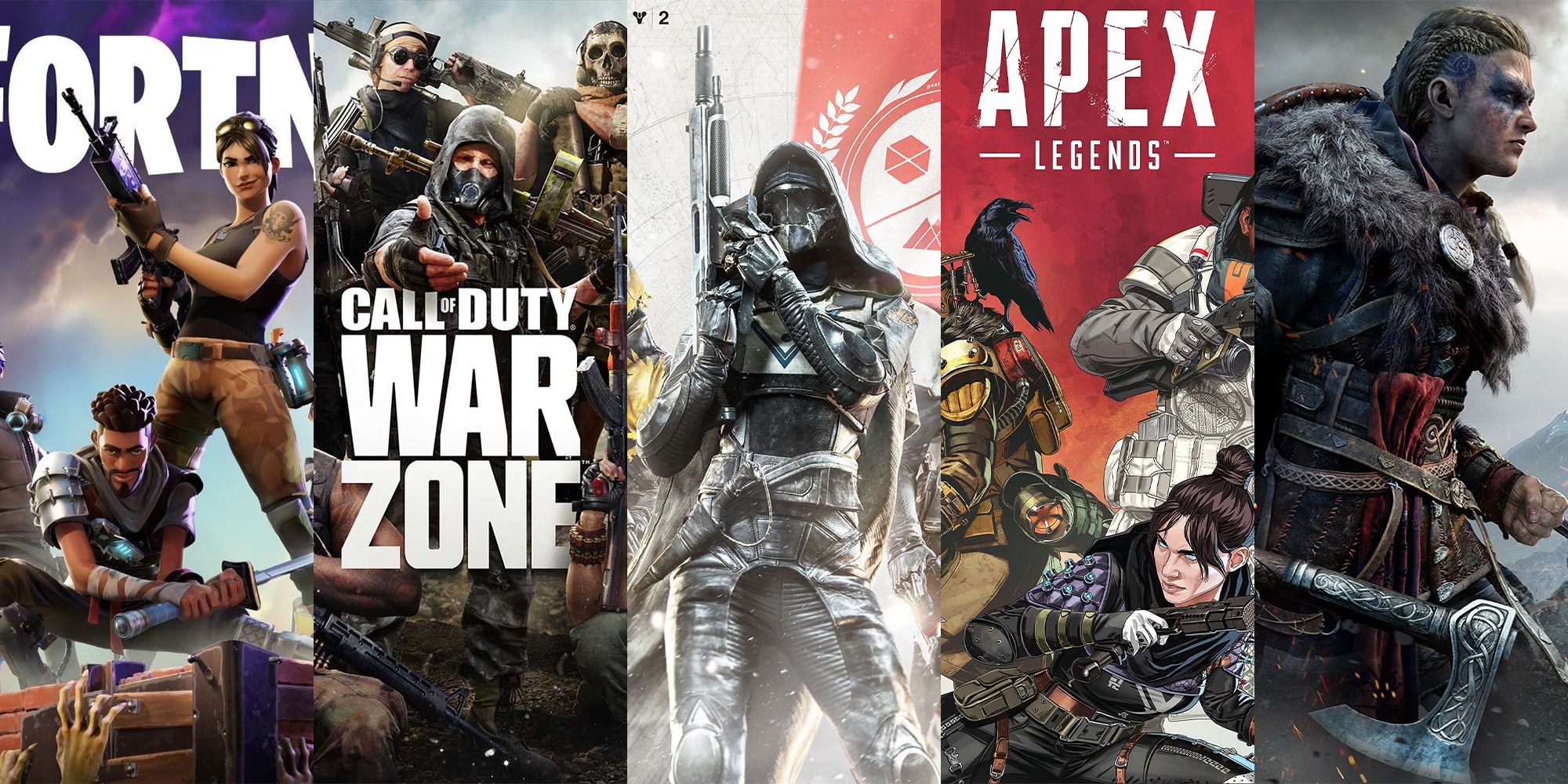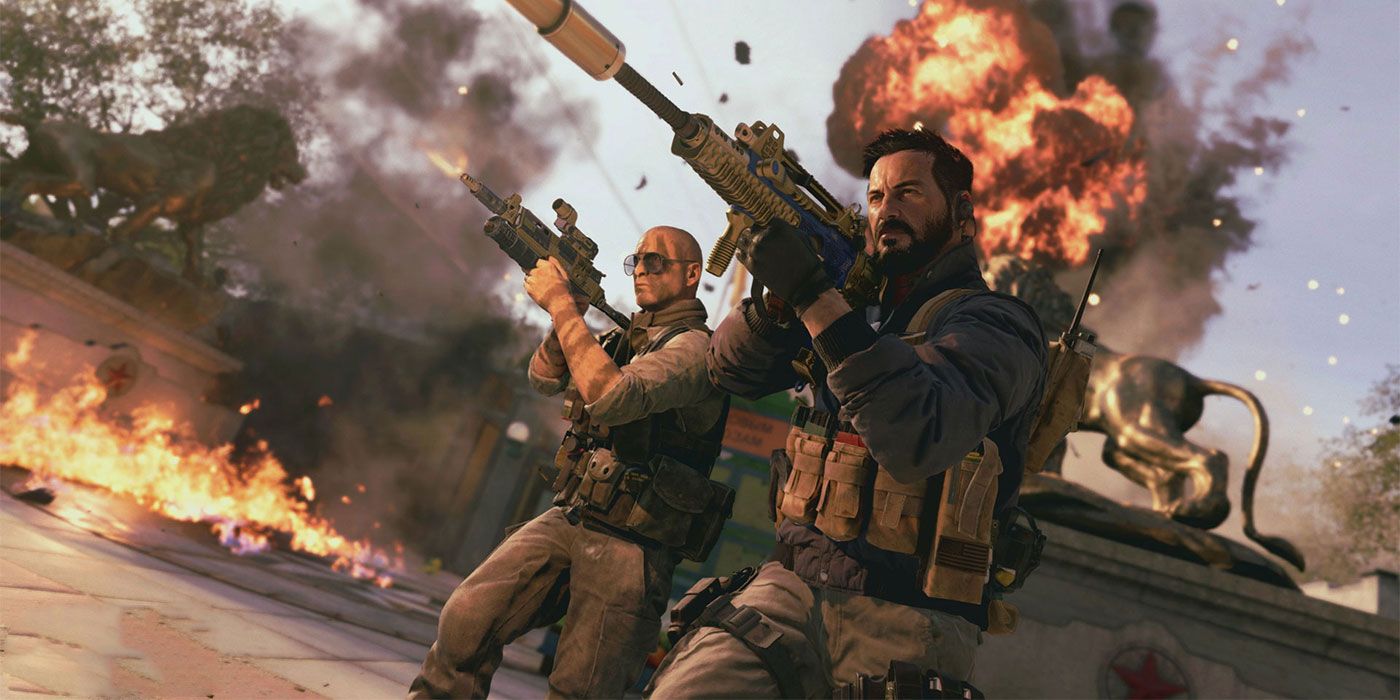Fortnite, Call of Duty: Warzone, Destiny 2, Apex Legends, and now Assassin's Creed Infinity - these all represent the rising free-to-play model that has slowly crept up the games industry and has now taken hold of the AAA space. The seemingly simple reason as to why is because of its profitability, but there are more nuanced reasons why some are shifting in this direction, and why that focus is both good and bad.
Contrary to how it may seem these days, the free-to-play model is far from new. It arguably started sometime in the late 1990s, depending on what metrics one uses to measure, but really picked up steam in the early 2000s as the internet became more accessible. While they may not have recognized it, those who played Runescape, Club Penguin, Neopets, and flash games on Newgrounds grew up on free-to-play games.
Even in those early days, the model was fueled by subscriptions, memberships, and in-game microtransactions. While the industry was dominated by physical sales and large studios, the rise of indie game visibility and wider access to online gaming opened the door for games like Warframe to gain enough popularity that AAA studios started to pay more attention. But what ultimately made these large studios focus their development efforts towards free-to-play as a more mainstay model?
The Pros And Cons Of Switching To Free-To-Play
First and foremost, it’s profitable. For an example of just how much so, and how it compels companies to embrace it, look no further than Ubisoft and Assassin’s Creed Infinity. For Ubisoft, AC Valhalla was their most profitable release ever, earning the company $1.2 billion in sales over the holiday season. However, the free-to-play model produces considerable and consistent earnings, as Fortnite made $3.7 billion in 2019 and $5.1 billion in 2020, according to an analysis of company earnings by businessofapps.com.
One of the positives about the free-to-play model is that it makes games incredibly accessible, especially in a time where the price of games is rising due to inflation and production costs. Players can just jump in to see how they like the experience and choose whether to engage with it further. This model alleviates the financial stress of purchasing a new game, which has been exacerbated by the continued release of seemingly underdeveloped games from AAA studios.
The infamously buggy releases of Cyberpunk 2077 and Anthem marked a breaking point for a lot of gamers, as the last handful of years have seen one unfinished release after another. One possibility for this shift is that free-to-play games come with the expectation that they will be updated and refined over time, which provides leeway to put out product that is finished enough to play and can receive regular updates rather than a huge day 1 patch. While it's purely speculation, this idea is supported by cases like the apparent business pressure CD Projekt Red was under to release Cyberpunk 2077.
The free-to-play model is growing more and more controversial due to how easily it can be abused, but it can also make games and developers more accessible to players. After Bungie split from Activision to control Destiny 2, they proved that the free-to-play model can be beneficial for players too, as fan opinion on Destiny 2 seems (at least generally) to improve with age. As AAA studios continue to invest in this model, one can only hope it will continue to lead to better experiences for players and developers alike.
Source: businessofapps.com


